Ten Baking Tips from a Professional Baker
When I found out about the KAF field trip, I was very excited to be learning from a pro. I would definitely call myself comfortable with yeast but I still learned a TON in the class. I think that even the most novice bakers in the group walked away feeling more confident and knowledgeable about baking.
1. When measuring dry ingredients, make small piles around the perimeter of the bowl. Susan explained that this is useful in case something interupts you or you lose track of where you are… You can simply look down in your bowl and see what you’ve already measured out. I did this for the crackers as you can see below.
2. When topping a pizza, go light on the toppings, starting with the sauce. If you overload your pizza, it will be soggy on the bottom and won’t rise up while baking. Susan said you should simply “annoint” the pizza dough with sauce and then sprinkle on your toppings.
3. Don’t put raw veggies on a pizza. Since raw veggies release water as they cook, they will make your pizza soggy. Instead, if you are going to use vegetables, be sure to pre-cook them prior to topping your pizza.
4. When rolling dough of any kind, always start from the center and roll out. Most bakers know this, but it’s always good to be reminded of the proper technique.
6. To knead dough, simply Fold, Roll, Turn. These three little words just stuck in my head and convinced me that I was being way too tough with my dough when I kneaded it. You should be gentle but firm with the dough.
7. Keep the heat inside your oven. Check out this awesome KAF oven. Wouldn’t it be nice to have one of those? Susan explained a variety of reasons why their oven can be so precise. For one, the doors are very small compared to the inside of the oven so very little air gets in when you open the oven door. At home, you have a very large opening for the door. Another thing she talked about was the thermostat in the oven. At KAF, their thermostat kicks in if the oven goes 2 degrees off. At home, an electric oven’s thermostat will kick in when it is 10 degrees off and for a gas oven, it’s more like 30 degrees.
8. The smell that most people associate with whole wheat flour is actually the smell of rancid whole wheat flour. Susan had us smell a bucket of rancid whole wheat flour, then a bucket with fresh whole wheat flour. She said most people don’t like whole grain baked goods because they are using rancid flour. Your whole wheat flour shouldn’t have a strong smell to it if it’s fresh. To keep it fresh in your house, store it in the freezer, away from the door.
9. Measure flour correctly. Again, most bakers know that you don’t want to pack flour into the measuring cup. Susan recommended lightly sprinkling the flour into your measuring cup using a spoon/scoop. Once it has filled to the top, use a straight edge to level it off. A cup of flour should be around 4 ounces.














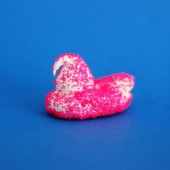
 I am Jen the Beantown Baker. Engineer by day and baking maven by night. Hubby serves as my #1 fan and official taste tester. We got hitched back in 2006. Barefoot. In the sand. With the waves crashing behind us. It was one of the best decisions we’ve ever made.
I am Jen the Beantown Baker. Engineer by day and baking maven by night. Hubby serves as my #1 fan and official taste tester. We got hitched back in 2006. Barefoot. In the sand. With the waves crashing behind us. It was one of the best decisions we’ve ever made. 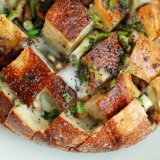

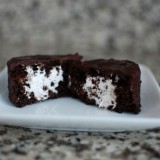
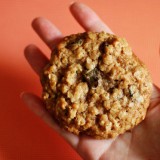
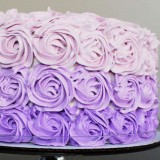
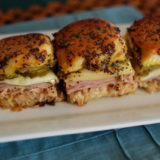


It sounds like it was a great event for a great cause! They sell the pies at a bunch of places near my work so I’ll have to remember to purchase one!
Thank you so much for inviting me to come with you. I’m very excited about this organization, and I’m so happy we both have the chance to sell pies for such a good cause. Now… I just need time to write a post!